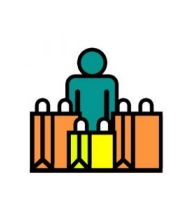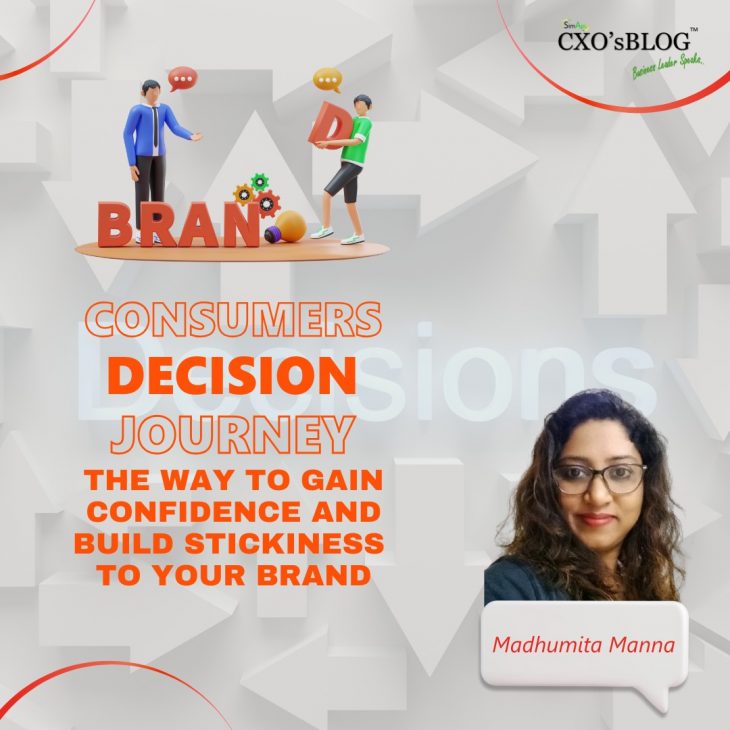Author: Madhumita Manna

The consumer journey to picking up your brand is not a straight forward process of eye level & buy level anymore, which means that no more does it involve only being present in the retail and blasting the media out with your presence. With the evolving consumer and the information overload because of the digital world, the complexities are increasing by the day. It involves many explorations over the net, checking with friends, experts, word of mouth, the influence of peers, media and other touchpoints that the consumer visit, and it is essential that the brand engages the consumer at all these points to drive him towards the moment of truth where he or she feels the real urge to pick up your brand.
So how do you map this journey?
Understanding what the consumer is looking for in the product?
While during the planning stage we might start with a business objective and a set of brands offerings, but be aware that your consumer may be looking at something really different. Example: A soap may be wanting to sell beauty as the end benefit, but what the consumer could be looking out is a soap which gives better fragrance or softens their skin. Study the consumers need closely and see how your goal to sell beauty and consumers need for a better fragrance can be aligned.
Study all the touchpoints where the consumer is getting the information about the product he or she is looking for:
Follow or shadow the consumer to see what his current interaction is with the various other offerings in the category, your brand and what is his source of information.
Discover the correspondence touchpoints you may have missed. Track what activities and interaction has happened between your brand and your consumers happen not long when each of them before he purchases, during the purchase buy and post he has used. Searching for all these touchpoints can rapidly help your team to understand the nuances and sub-associations. To keep away from that, organize the minutes that get you closer to accomplishing your business objectives.
For example: For an acne product the consumer may have multiple interaction points starting from the mother, to a friend, to the parlour, the beautician at the parlour, the Internet search, retail recommendation to the doctor în severe case. As a marketeer, we have to be engaging all these critical touchpoints or stakeholders.
Experience the problem areas or pain points and the moments of joy
The pain areas or the moments of delight may not be always to do with the product itself it could be the journey along the way. The example you launching a dermatology product and after massive research and the content and the ads online drives the consumer to the purchase point. However along the way she has searched the Internet so how easy was it for her to find the product, was the product placed at a store at arms reach or did she have to go scouting for it, well what was she told about the product/brand at the store by the salesperson give there are multiple choices, as she looked at the product/brand did the packaging fulfilled what she wanted or had visualized about the product/Brand, post her purchase what are the interactions she is going to have with the brand, after the usage of the product what kind of experience she is expecting, these are some of the micro- moments one needs to study so that the confidence is built at every stage.
Draw up the consumer journey map in micro details:
It is critical that all observation be mapped and put into a visual flow chart form to understand the multitude of activities that the consumer is taking at every point and where all the brand interaction needs to happen. Joining all the dots will help understand the key touchpoints to influence the consumer.
